Psychodynamic Approach
Published on January 15th, 2020
Updated on January 2nd, 2024

Contents
The psychodynamic approach to therapy derives from the works of Sigmund Freud. Freud used his research on the unconscious mind to develop the psychodynamic approach. The psychodynamic approach applies each of Freud’s theories to therapy. It provides a framework for different types of therapy, including:
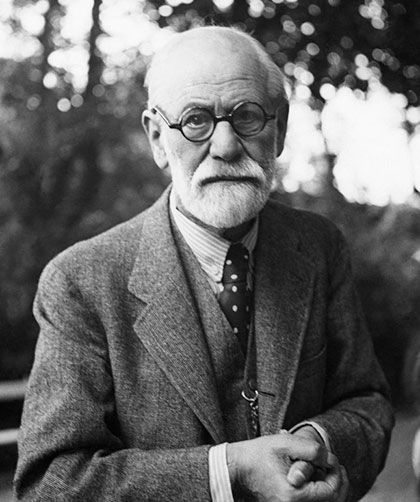
- Psychoanalysis
- Cognitive Behavioral Therapy
- Interpersonal Therapy
Psychodynamic therapy is used to treat different mental health conditions. The conditions it is most often used to treat includes:
Sponsored by

Choose a therapist to work with and start healing with 20% off from BetterHelp.
Click Here- Depression
- Anxiety
- Self-esteem
- Social anxiety
- Addiction
- Eating disorders
The goal of psychodynamic therapy is to help the client understand and cope with their repressed feelings. It also aims to help the patient learn how to control and challenge their negative thoughts. In doing so, the client can potentially see the following results:
- Decreased prevalence of depressive symptoms
- Reduced anxiety
- Self-awareness and self-acceptance
- Improved self-esteem
- Improved relationships
- Positive behavioral changes
- Improved decision-making skills
- Reduced social anxiety
Key Concepts of Psychodynamic Therapy
Psychoanalysis
Psychodynamic therapy is based on the principles of psychoanalysis, and is often referred to as talk therapy. It encourages a client to explore their fears, desires and dreams.
Psychoanalysis was initially developed by Sigmund Freud. The theory focuses on the unconscious mind. It investigates the work of the unconscious mind through different therapeutic methods. These therapeutic methods include:
- Dream analysis
- Free association
- Freudian Slips
Psychoanalysis was the first therapeutic theory that applied the psychodynamic approach. Following psychoanalysis, other professionals applied the psychodynamic approach to counseling. Contributors the psychodynamic approach include:
- Carl Jung
- Sigmund Freud
- Anna Freud
- Alfred Adler
- Erich Fromm
- Karen Horney
The Id, Ego and Superego
The id, ego and superego is a construct that is used to link the workings of the conscious mind and the unconscious mind. It is also used to make the connection between the primitive mind and the development of morality.
The id, ego and superego develop at different stages in a person’s life. In infancy, the id is the most active. As a child grows, the ego and superego form. Each reside in different areas of the mind, and work along with the levels of the unconscious mind. They each help to form a person’s personality.
The unconscious desires and impulses that come from the id, ego and superego are considered in in psychodynamic therapy. they are also considered in understanding a person’s thoughts and decision making process.
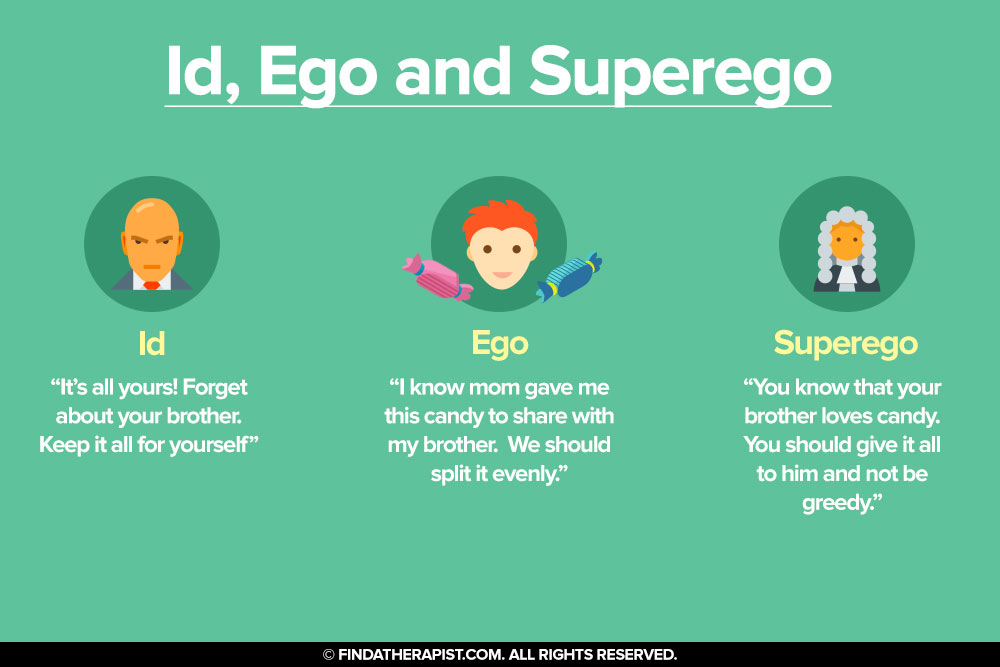
The Levels of the Mind
According to psychodynamic theory, there are three levels of the mind:
- The Unconscious
- The Preconscious
- The Conscious
These levels of the mind work alongside of the id, ego and superego to create motivations for a person’s behavior. It is responsible for how thoughts, feelings and needs are expressed.
The Unconscious Mind
According to Freud, the unconscious mind is responsible for human instinct. It is responsible for how a person acts according to instinct. Feelings and behaviors are influenced by the unconscious mind.
People often do not realize how deeply their unconscious mind affects them. They understand their decisions to be conscious, but do not realize how much the unconscious mind contributes to their decisions and reactions to situations.
Example: Recall a time when you behaved in a way that you did not like, or you felt was out of character for you. Did you find yourself asking, “why did I just do that?!”
When you experience this, the unconscious mind is contributing to your behavior. You do not understand where your impulse for your reaction came from because it lies in your unconsciousness.
With psychodynamic therapy, the goal is to answer that question: “why did I do that?”. This helps to gain an understanding of the unconscious mind. It helps to activate repressed memories that may have fueled the unacceptable or surprising behavior.
Repressed memories, impulses, feelings and desires are stored in the unconscious mind. These repressed elements often resurface. They may surface in their true form, or in a disguised fashion. This happens when a person is using a defense mechanism.
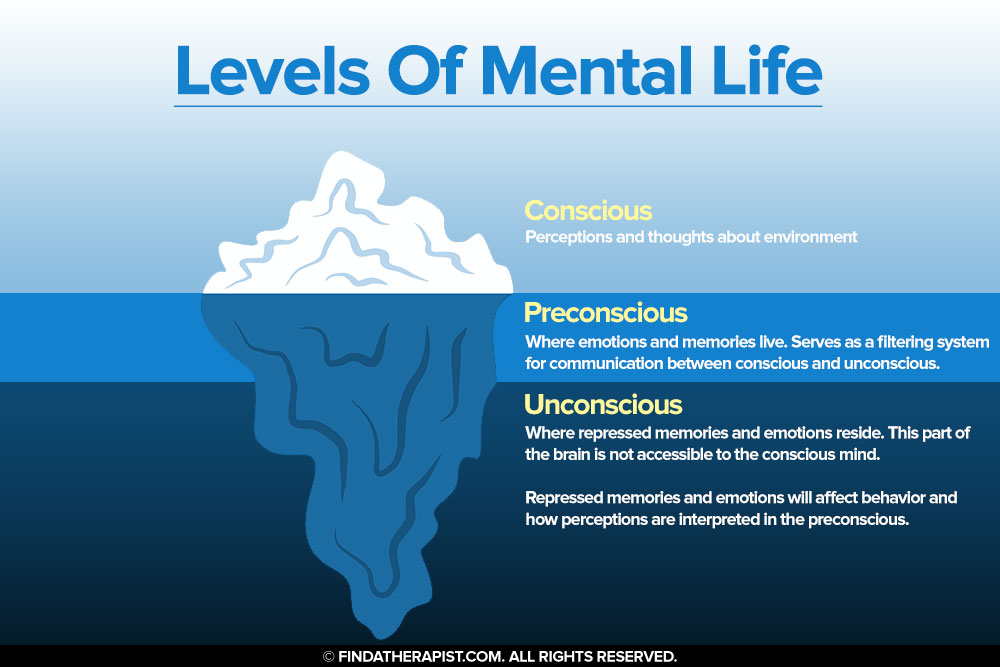
Work with psychodynamic therapy will begin with exploring the unconscious mind. It aims to trace the behaviors, thoughts and feelings back into the unconscious mind. It does so by using a variety of different therapeutic methods, such as:
- Analysis of dreams
- Use of the therapeutic technique, free association
- Exploring the meaning behind Freudian slips
- Bringing repressed thoughts and feelings to consciousness
- Observing and interpreting the use of defense mechanisms
Defense Mechanisms
Defense mechanisms are means of defense against uncomfortable or unwanted thoughts, feelings and impulses. Everyone uses defense mechanisms sometimes. When someone overuses or misuses them, it can lead to unhealthy thinking patterns.
The psychodynamic approach looks closely at a patient’s use of defense mechanisms. In the approach, repression is considered to be the most significant defense mechanism. It pays close attention to the repression of unwanted thoughts, feelings and impulses in the unconscious mind.

Repression
Repression is when a person forces unwanted thoughts, feelings and impulses into the unconscious mind. Repressed thoughts, feelings and impulses are too uncomfortable or challenging for the conscious mind to cope with. That is why they are sent to the unconscious mind.
Repressed impulses in the unconscious will cause a person to feel anxious. This occurs as a result of the impulse trying to escape the unconscious mind and return to consciousness.
Repressed thoughts, feelings and impulses can disguise themselves. They can manifest in any of the other forms of defense mechanisms. They do so in an effort to reach consciousness.
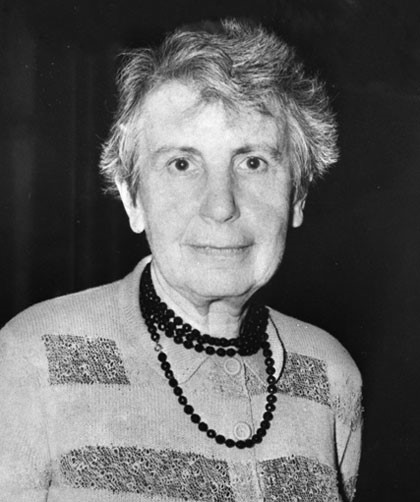
Anna Freud’s Contribution to Defense Mechanisms
Sigmund Freud’s daughter, Anna Freud, actively worked to perfect her father’s initial work with the concept. Among Anna’s works was the formulation of the defense mechanisms: rationalization and denial.
Rationalization
Rationalization is the act of using logic and reason to justify one’s actions, thoughts and feelings. Rationalization attempts to use logic to justify feelings and behaviors. This is done as a means to lessen the emotional intensity one is feeling.
Example: Jeff very badly wants to be promoted in his company. He wants it so badly that he is realizing that it causes a great deal of anxiety. He walked into work one day to learn that he did not get the promotion- it was given to his coworker. Jeff feels devastated about not earning the promotion.
As a means to cope, Jeff tells himself that the position was not much better than his own. He also tells himself that the position would be very tedious to do each day, and that he would not have liked the role as much as he thought.
Jeff used rationalization to justify why he did not want the job. His feelings of anxiety, disappointment and despair are reduced and more manageable than before.
Denial
Denial is the refusal to accept an unfavorable reality. It is a defense mechanism that everyone will use at some point in their life. Denial is an important defense mechanism to explore in psychodynamic therapy. It causes a person to avoid their own reality.
Denial inhibits the process of accepting challenging parts of life. It is a means of avoiding pain, conflict or things a person does not want to admit to themselves.
The act of denial can cause a person to avoid, deny or refuse to deal with uncomfortable things that need to be addressed in life.
Denial affects many areas of functioning, including:
- Mental health and wellness
- Physical and medical health
- Relationships
- Self-esteem
- Connection with reality
In exploring feelings of denial, a person can tap into their own pain. They are able to find the painful feelings, thoughts and impulses in the unconsciousness.
With the help of a psychodynamic therapist, a person can address their own denial in a safe space. This makes the transition of unconscious thoughts and feelings into consciousness feel safe.
Counseling Techniques In Psychodynamic Therapy
Dream Analysis
The psychodynamic approach may include work with dream analysis. Early practice with psychodynamic therapy maintained that dreams help to tap into the unconscious mind. Freud believed that dreams served as a passageway into the unconscious.
Dreams are considered to consist of two main types of content:
- Manifest Content – The content of the dream that the dreamer remembers. The remembered content is linked to conscious awareness.
- Latent Content – The symbolic meaning behind contents of the dream. These symbols are linked to the workings of the unconscious mind.
Jung’s Contribution to Dream Analysis
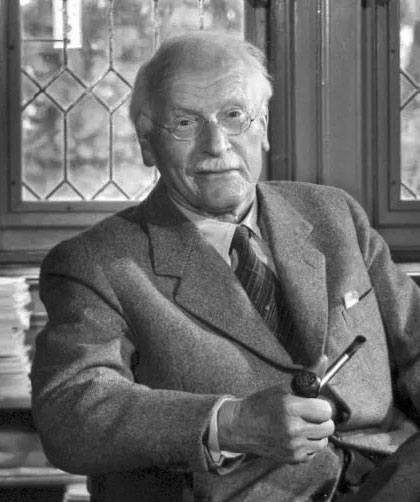
Carl Jung agreed with Freud in the belief that dreams consisted of symbols for hidden desires. He contradicted Freud’s belief that it is the role of the psychoanalyst to decode the symbols.
Jung believed that dream analysis held more value if the dreamer explored the symbols of the dream. He believed that there was more value in the dreamer discovering the value of the dream, than being told the value by the psychoanalyst.
Fromm’s Contribution to Dream Analysis
Erich Fromm believed that dreams may represent universal symbols. In his research, Fromm discovered commonalities between dreams of different groups of people.
Such commonalities included:
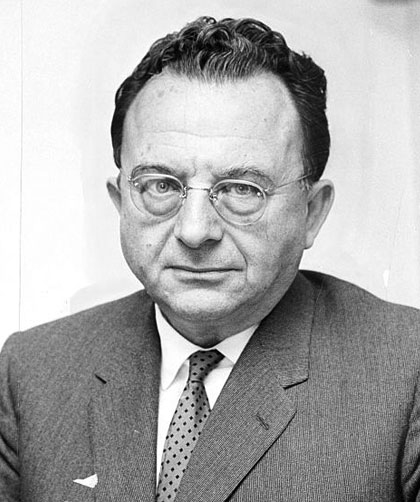
- Being naked in public
- Teeth falling out
- Flying
- Drowning
Fromm believed that there was a universal element to dreams, along with cultural elements to dreams. He believed that symbols are partially universal, and partially influenced by individual factors.
Such individual factors include:
- Geography
- Culture
- Human nature
- Stage of life
- Religion or spirituality
Free Association
Free association is a technique commonly used with a psychodynamic approach to therapy. It focuses on a person’s train of thought.
Free association asks a person to speak their immediate thoughts, even if they are not relevant to the conversation. This allows for a therapist to follow a patient’s natural flow of thoughts, which is thought to believed to lead to pieces of the unconscious mind.
Horney’s Contribution to Free Association
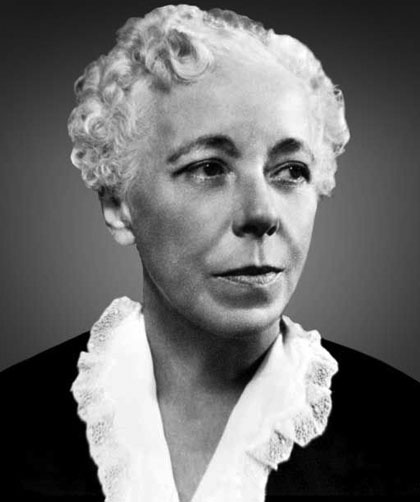
Karen Horney used free association to help her patients reach self-realization. She encouraged her patients to express each and every one of their thoughts, no matter how challenging it was to do so. This included embarrassing, incomplete, inappropriate and indecent thoughts and feelings.
With this approach, Horney’s patients were not fixated on their own idealized self-image. They learned to recognize who they are, rather than focusing on who they think they should be. They were able to build self-acceptance, confidence, and personal responsibility. Horney’s patients were also able to understand where their beliefs, feelings and desires stem from, and how they hold them back from realizing their true self.
Freudian Slip
The analysis of Freudian slip is a valued strategy in psychodynamic therapy. Freudian slips are errors in speech or memory, and are also referred to as a ‘slip of the tongue’.
Freudian slips are said to come from the unconscious mind. They are the result of repressed memories, thoughts or desires reaching consciousness.
When a psychodynamic therapist analyses Freudian slips, they look at the meaning of the error. They trace the error back to the unconscious mind, to find the repressed desire, thought or impulse that momentarily broke into consciousness.
Psychodynamic therapists do not ignore or look past Freudian slips. They instead stop the patient’s train of thought to look at the deeper meaning behind the slip.
Freudian slips can manifest in different ways, like:
- Errors in speech
- Using unintended words to describe things
- Misaddressing people, places and things
- Misheard and misunderstood questions
- Losing objects
- Losing trains of thought
- Straying away from the topic of conversation
Transference
Transference is something that happens often in therapy. It is a term used to identify when a patient is unconsciously transferring their feelings for one person onto their therapist.
The patient may treat or think of their therapist similarly as they would to someone else in their life. This may be someone their therapist reminds them of, or someone who was absent during a significant life period.
Transference is common in therapy. It is not something that reflects a specific type of mental illness. Anyone can experience transference.
Addressing signs of transference can be helpful in psychodynamic therapy. It helps to tap into unconscious conflicts the patient may be experiencing. This in turn, can help with resolving conscious challenges and resistance to therapy.
Sponsored by

Find an affordable therapist online with 20% off from BetterHelp.
Click Here






Leave A Reply